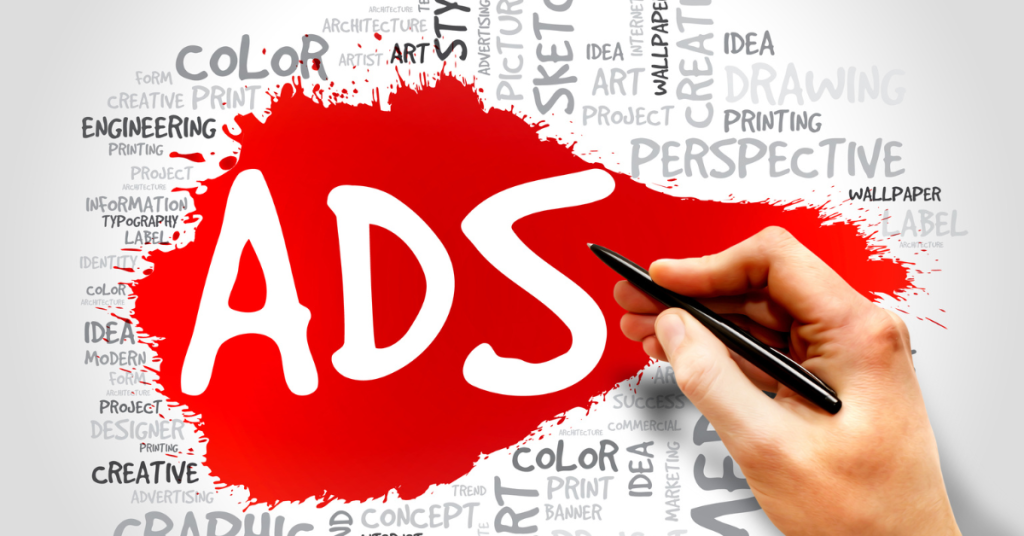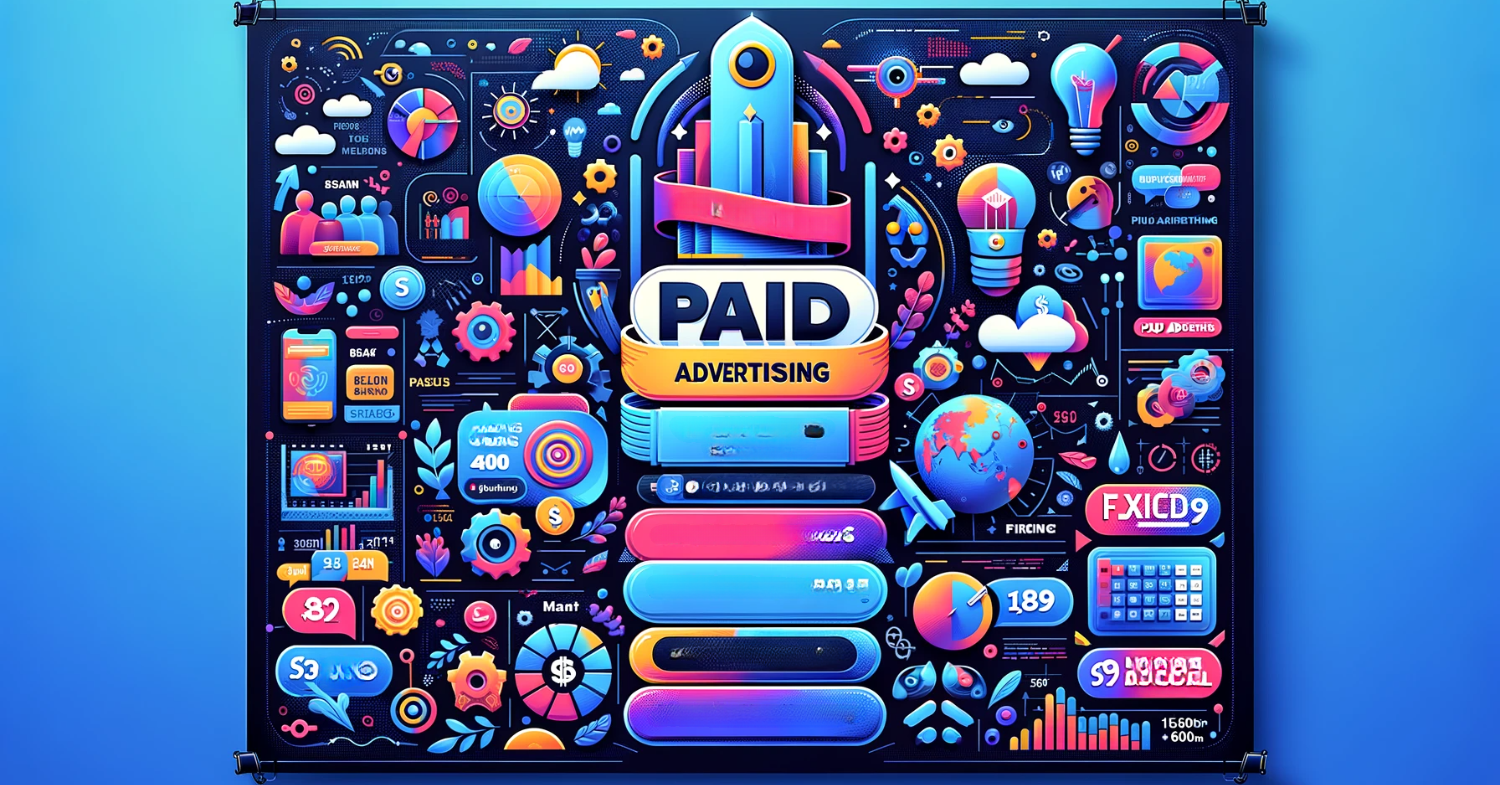
User Review
( votes)With the digital landscape more crowded than ever, the strategic use of paid ads has become not just an option but a necessity for those looking to boost visibility, drive targeted traffic, and accelerate growth. Yet, despite its widespread use and proven effectiveness, misconceptions about paid advertising abound, leaving many businesses hesitant to embrace its potential fully.
Today, we’re setting the record straight. This post dives deep into the myths that have obscured the truth about paid advertising, shedding light on the realities behind common misconceptions. From concerns about budget constraints to doubts about its effectiveness, we’re here to debunk these myths and reveal how paid advertising can be a game-changer for businesses of all sizes. Join us as we explore the truths that can help you leverage paid ads to their full potential, transform your digital marketing strategy, and propel your business forward in the digital age.

Myth 1: Paid Ads Is Too Expensive for Small Businesses
The misconception that paid advertising is exclusively the domain of large corporations with hefty marketing budgets is a tale as old as digital advertising itself. This myth persists mainly due to the visibility of big brands’ expansive campaigns, which can overshadow the successes of smaller players in the advertising space. However, the reality is that paid advertising platforms are designed to be accessible and effective for businesses of all sizes, including those with limited budgets.
Platforms like Google Ads, Facebook Ads, and Instagram Ads offer a level of entry accessible to everyone, with no minimum spending requirements. This means small businesses can start advertising with budgets as modest as a few dollars a day. The key lies in how these platforms allow for precise targeting and budget control, ensuring that even modest investments can yield significant results.
Myth 2: Paid Ads Don’t Provide Lasting Results
A common misconception about paid ads is that they only offer temporary boosts in traffic and sales without contributing to the long-term growth and sustainability of a business. This viewpoint undervalues the profound impact that strategic paid ad campaigns can have on brand awareness and the establishment of a solid online presence, which are essential for enduring success.
Paid ads significantly contribute to brand awareness, a critical factor in long-term business growth. By consistently placing your brand in front of targeted audiences, paid ads ensure that your business becomes recognized, remembered, and considered by potential customers over time. This repeated exposure builds a familiarity that can influence purchasing decisions long after the ad has been viewed, laying the foundation for sustained growth.
Myth 3: Setting Up Paid Ads Is Too Complicated
The notion that paid advertising is inherently complex and inaccessible, especially for small businesses or those new to digital marketing, is a pervasive myth. In reality, many advertising platforms have gone to great lengths to make their interfaces user-friendly and their features accessible to businesses of all sizes. With a wealth of resources available to guide you through the process, setting up your first paid ad campaign is more straightforward than it might initially appear.
Social media platforms are designed with the user experience in mind, offering guided setup processes, intuitive interfaces, and automated options that simplify campaign creation and management. These platforms provide templates, suggested budgets, and targeting options that help advertisers make informed decisions without needing in-depth marketing expertise.

Myth 4: Organic Reach Is Enough; Paid Ads Are Unnecessary
While organic reach remains a vital component of a comprehensive digital marketing strategy, relying solely on it in today’s digital ecosystem can significantly limit a business’s growth potential. The belief that paid advertisements are unnecessary overlooks the evolving nature of social platforms and the increasingly competitive digital landscape.
Limitations of Solely Relying on Organic Reach
Algorithm Changes: Major social media platforms frequently update their algorithms, often prioritizing personal content over business posts. This means that even content from well-followed business pages may not consistently appear in followers’ feeds, reducing organic visibility.
Growing Competition: As more businesses flock to digital channels, the competition for organic visibility becomes fiercer. Standing out in a crowded space without the boost of paid promotion becomes increasingly challenging.
Time-Intensive Efforts: Building organic reach requires consistent, high-quality content creation and community engagement. While this investment can build a loyal following over time, the slow pace may not align with business goals that require more immediate results.
Myth 5: Paid Ads Are Intrusive and Annoy Customers
The idea that paid advertisements are inherently intrusive and a nuisance to consumers is a misconception rooted in outdated advertising practices. Modern advertising strategies, however, are centered around relevance and personalization, significantly altering how consumers perceive and interact with paid content. When executed thoughtfully, paid ads can offer value, meet specific needs, and even enhance the user experience.
The evolution of digital advertising platforms has enabled an unprecedented level of targeting precision, allowing businesses to tailor their messaging and offers to specific segments of their audience. This personalization ensures that ads are more likely to align with the interests, needs, or current life circumstances of the individuals seeing them. For instance, a user actively searching for hiking gear would likely welcome ads from outdoor equipment brands offering the latest deals.
Conclusion
Throughout this exploration, we’ve tackled and debunked several pervasive myths surrounding paid advertising, revealing the true potential it holds for businesses across the spectrum. From dispelling the notion that paid ads are solely the realm of large corporations with hefty budgets to highlighting the enduring impact of well-crafted campaigns on brand visibility and growth, it’s clear that paid advertising is a versatile and accessible tool for all.







